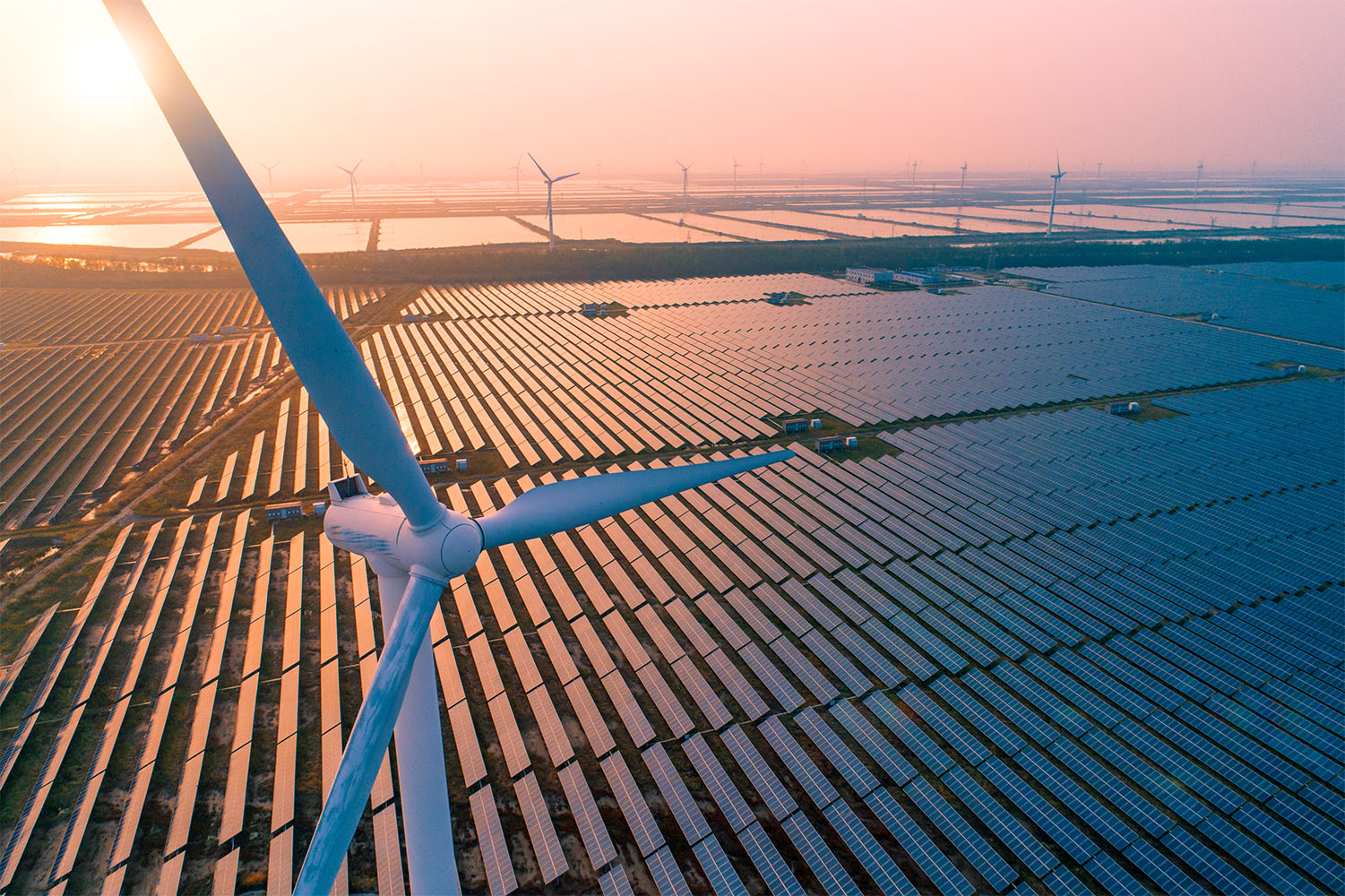Wind energy and electromobility: The moving batteries of the energy transition
Veröffentlicht am 6th Juli 2022
Electric vehicles are only sustainable when charged with green electricity. But beyond that, they can even make the power grids fit for the worldwide energy transition. Dr. Alexander Dlouhy and Dr. Karla Klasen talk about this interesting topic in their new article in the second issue of the German Wind Power Magazine.

Wind energy and e-mobility are highly debated topics in the context of the energy transition. The EU's climate protection goals and the most recent plans to become independent from Russian gas, oil and coal by 2027 underline the necessity of promoting renewable energies in general. The use of fossil fuels for vehicles needs to be reduced. However, if electric vehicles were solely charged with power generated using fossil fuels, nothing would be gained. In order to have the desired climate-friendly effect, green electricity – electricity that is produced 100 % from renewable energy resources – should be used to charge electric vehicles. Wind energy will play a substantial role in this. In turn, the batteries of electric vehicles could serve to counter effects stemming from the volatile generation of wind power depending on the varying wind speeds. In the following, we will show which aspects should be considered when linking wind power and e-mobility.
Thinking charge points and wind farms together
In Germany the construction of wind farms is highly controversial in rural areas. A lot of permits for wind farms are challenged in court by neighbouring residents. Thus, increasing local acceptance is of great importance for wind entrepreneurs and politicians. Often, ...
Read and download the full article here.





